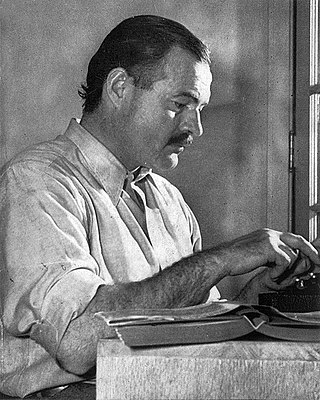
Ernest Miller Hemingway was an American novelist, short-story writer and journalist. Best known for an economical, understated style that significantly influenced later 20th-century writers, he is often romanticized for his adventurous lifestyle, and outspoken and blunt public image. Most of Hemingway's works were published between the mid-1920s and mid-1950s, including seven novels, six short-story collections and two non-fiction works. His writings have become classics of American literature; he was awarded the 1954 Nobel Prize in Literature, while three of his novels, four short-story collections and three nonfiction works were published posthumously.

For Whom the Bell Tolls is a novel by Ernest Hemingway published in 1940. It tells the story of Robert Jordan, a young American volunteer attached to a Republican guerrilla unit during the Spanish Civil War. As a dynamiter, he is assigned to blow up a bridge during an attack on the city of Segovia.

A fifth column is a group of people who undermine a larger group or nation from within, usually in favor of an enemy group or another nation. The activities of a fifth column can be overt or clandestine. Forces gathered in secret can mobilize openly to assist an external attack. The term is also applied to organized actions by military personnel. Clandestine fifth column activities can involve acts of sabotage, disinformation, espionage or terrorism executed within defense lines by secret sympathizers with an external force.
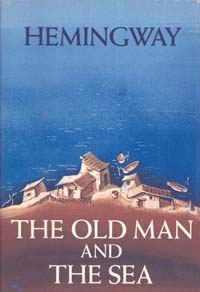
The Old Man and the Sea is a 1952 novella written by the American author Ernest Hemingway. Written between December 1950 and February 1951, it was the last major fictional work Hemingway published during his lifetime. It tells the story of Santiago, an aging fisherman, and his long struggle to catch a giant marlin. The novella was highly anticipated and was released to record sales; the initial critical reception was equally positive, but attitudes have varied significantly since then.

The Sun Also Rises is the first novel by the American writer Ernest Hemingway. It portrays American and British expatriates who travel along the Camino de Santiago from Paris to the Festival of San Fermín in Pamplona and watch the running of the bulls and the bullfights. An early modernist novel, it received mixed reviews upon publication. Hemingway biographer Jeffrey Meyers writes that it is now "recognized as Hemingway's greatest work" and Hemingway scholar Linda Wagner-Martin calls it his most important novel. The novel was published in the United States in October 1926 by Scribner's. A year later, Jonathan Cape published the novel in London under the title Fiesta. It remains in print.
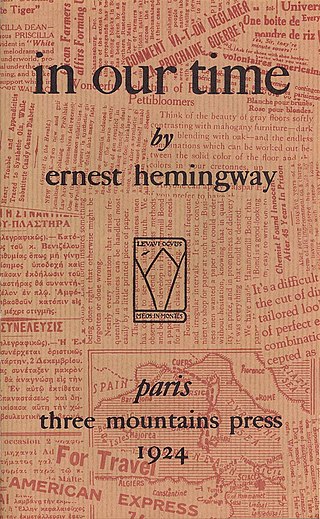
In Our Time is the title of Ernest Hemingway's first collection of short stories, published in 1925 by Boni & Liveright, New York, and of a collection of vignettes published in 1924 in France titled in our time. Its title is derived from the English Book of Common Prayer, "Give peace in our time, O Lord".

The Complete Short Stories of Ernest Hemingway: The Finca Vigía Edition, is a posthumous collection of Ernest Hemingway's short fiction, published in 1987. It contains the classic First Forty-Nine Stories as well as 21 other stories and a foreword by his sons.
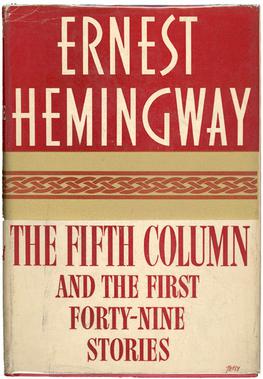
The Fifth Column and the First Forty-Nine Stories is an anthology of writings by Ernest Hemingway published by Scribner's on October 14, 1938. It contains Hemingway's only full-length play, The Fifth Column, and 49 short stories.

"Big Two-Hearted River" is a two-part short story written by American author Ernest Hemingway, published in the 1925 Boni & Liveright edition of In Our Time, the first American volume of Hemingway's short stories. It features a single protagonist, Hemingway's recurrent autobiographical character Nick Adams, whose speaking voice is heard just three times. The story explores the destructive qualities of war which is countered by the healing and regenerative powers of nature. When it was published, critics praised Hemingway's sparse writing style and it became an important work in his canon.

Robert Hale Merriman was an American doctoral student who fought with the Republican forces in Spain during the Spanish Civil War. He was killed while commanding the Abraham Lincoln Battalion of the International Brigades.
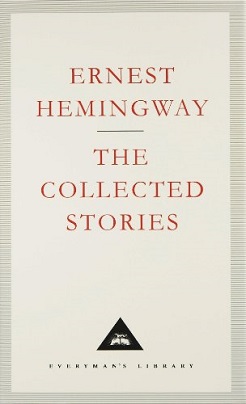
Ernest Hemingway: The Collected Stories is a posthumous collection of Hemingway's short fiction, published in 1995. Introduced by James Fenton, it is published in the UK only by Random House as part of the Everyman Library. The collection is split in two parts.
"Up in Michigan" is a short story by American writer Ernest Hemingway, written in 1921 and revised in 1938. It is collected in Three Stories and Ten Poems (1923) and The Fifth Column and the First Forty-Nine Stories (1938).

Ernest Hemingway (1899–1961) was an American novelist, short-story writer, journalist, and sportsman. His economical and understated style—which he termed the iceberg theory—had a strong influence on 20th-century fiction. Many of his works are considered classics of American literature.
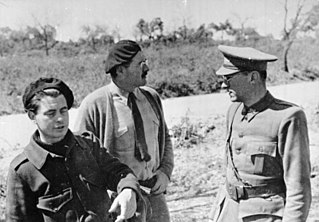
The North American Newspaper Alliance (NANA) was a large newspaper syndicate in operation between 1922 and 1980. NANA employed writers such as Grantland Rice, Joseph Alsop, Michael Stern, Lothrop Stoddard, Dorothy Thompson, George Schuyler, Pauline Frederick, Sheilah Graham Westbrook, Edna Ferber, F. Scott Fitzgerald, and Ernest Hemingway.

"The Doctor and the Doctor's Wife" is a short story by Ernest Hemingway, published in the 1925 New York edition of In Our Time, by Boni & Liveright. The story is the second in the collection to feature Nick Adams, Hemingway's autobiographical alter ego. "The Doctor and the Doctor's Wife" follows "Indian Camp" in the collection, includes elements of the same style and themes, yet is written in counterpoint to the first story.

The Hotel Florida was situated in Callao Square #2 in central Madrid, Spain. It was built in 1924 and was used as a base by many of the foreign correspondents stationed in Madrid during the Spanish Civil War. While based in Spain as a correspondent for the North American News Association (NANA), Ernest Hemingway stayed at the hotel, where he wrote a play. The hotel was demolished in 1964 and a new building for the Galerías Preciados department store was built on the site.
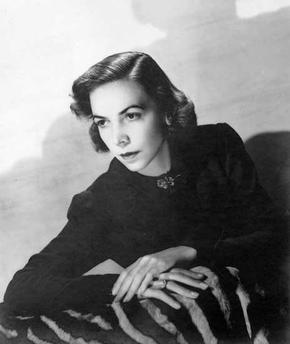
(Harriet) Virginia Spencer Cowles was an American journalist, biographer, and travel writer. During her long career, Cowles went from covering fashion, to covering the Spanish Civil War, the turbulent period in Europe leading up to World War II, and the entire war. Her service as a correspondent was recognized by the British government with an OBE in 1947. After the war, she published a number of critically acclaimed biographies of historical figures. In 1983, while traveling with her husband, she was killed in an automobile accident which left him severely injured.

"Out of Season" is a short story written by Ernest Hemingway, first published in 1923 in Paris in the privately printed book, Three Stories and Ten Poems. It was included in his next collection of stories, In Our Time, published in New York in 1925 by Boni & Liveright. Set in Cortina d'Ampezzo, Italy, the story is about an expatriate American husband and wife who spend the day fishing, with a local guide. Critical attention focuses chiefly on its autobiographical elements and on Hemingway's claim that it was his first attempt at using the "theory of omission".

"On the Quai at Smyrna" is a short story written by Ernest Hemingway, first published in the 1930 Scribner's edition of the In Our Time collection of short stories, then titled "Introduction by the author". Accompanying it was an introduction by Edmund Wilson. Considered little more than a vignette, the piece was renamed "On the Quai at Smyrna" in the 1938 publication of The Fifth Column and the First Forty-Nine Stories. When In Our Time was reissued in 1955, it led with "On the Quai at Smyrna", replacing "Indian Camp" as the first story of the collection.
"Old Man at the Bridge" is a short story by American writer Ernest Hemingway, written in 1938 and first published in Ken magazine with which he was involved. It was then collected in The Fifth Column and the First Forty-Nine Stories (1938). Set in Spain, it is inspired by Hemingway's experience as a war correspondent during the Spanish Civil War. The story was originally written as a news dispatch by Hemingway from the Amposta Bridge over the Ebro River on Easter Sunday as the Fascists were set to overrun the region. Hemingway's notes on the incident have been reproduced.















